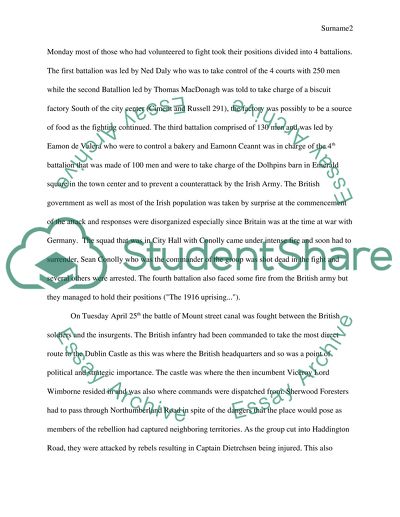Cite this document
(“The Easter Rising Research Paper Example | Topics and Well Written Essays - 1750 words”, n.d.)
Retrieved from https://studentshare.org/history/1495056-the-easter-rising
Retrieved from https://studentshare.org/history/1495056-the-easter-rising
(The Easter Rising Research Paper Example | Topics and Well Written Essays - 1750 Words)
https://studentshare.org/history/1495056-the-easter-rising.
https://studentshare.org/history/1495056-the-easter-rising.
“The Easter Rising Research Paper Example | Topics and Well Written Essays - 1750 Words”, n.d. https://studentshare.org/history/1495056-the-easter-rising.


